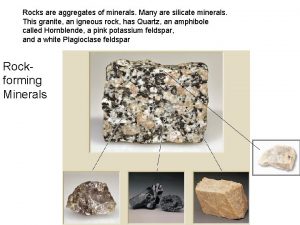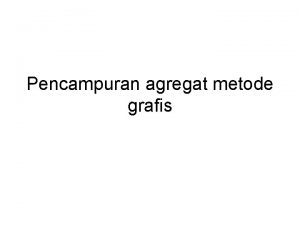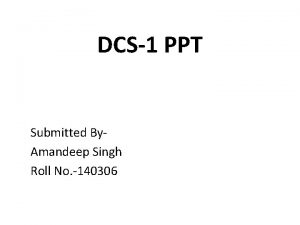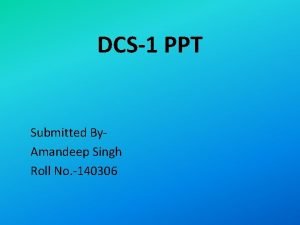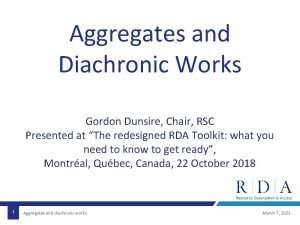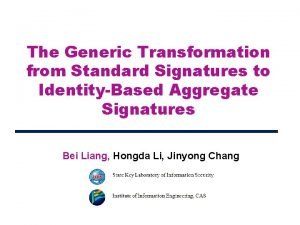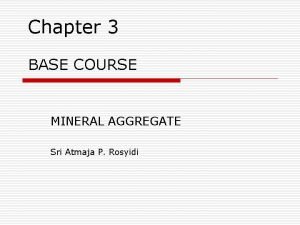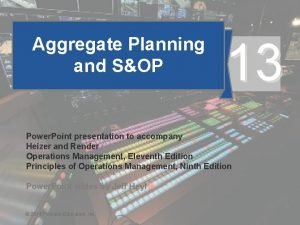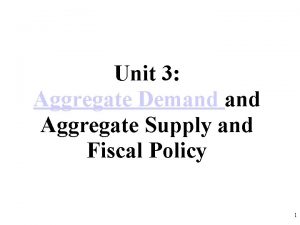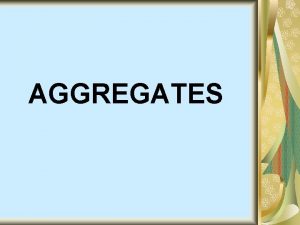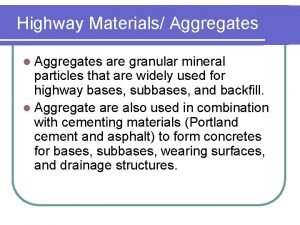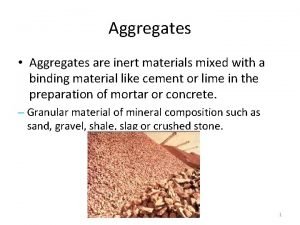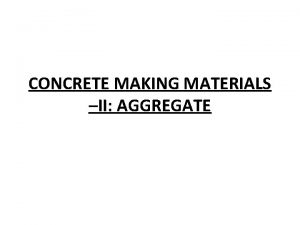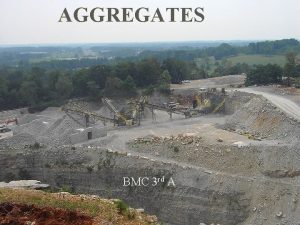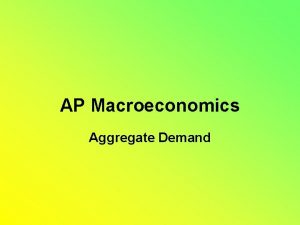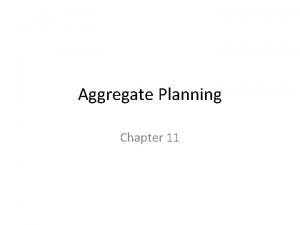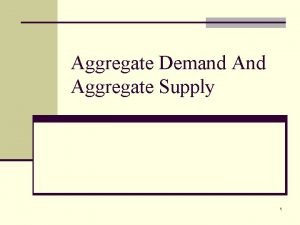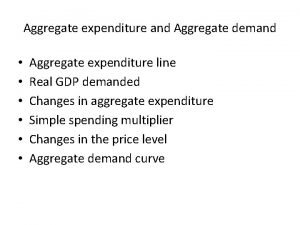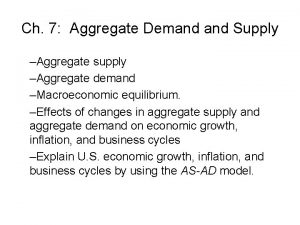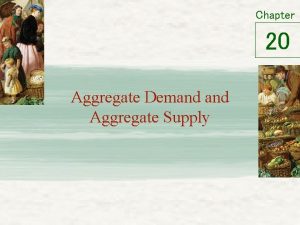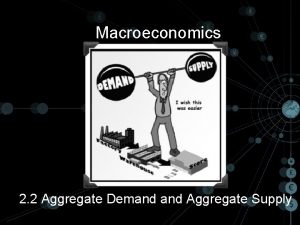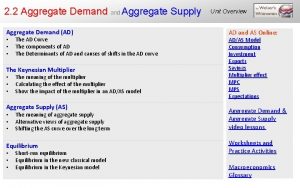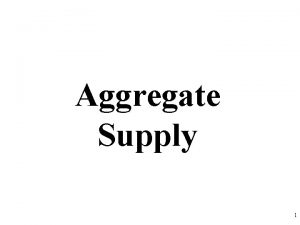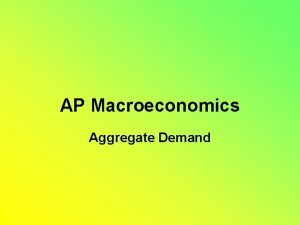AGGREGATE MATERIALS AGGREGATES contd Overview Definition Usually refers


























- Slides: 26

AGGREGATE MATERIALS

AGGREGATES (cont’d) Overview Definition: Usually refers to mineral particles but can relate to byproducts or waste materials. (i. e. vitrified soils) Natural aggregates are formed from rocks or the decomposition and transport of rock (see fig 2 -2) Natural sources include underwater, land ( stripping) , Glacier Outwash.

AGGREGATES TESTING (cont’d) Note: Disadvantage of natural aggregate deposits is: • the content of impurities and dust. • Rounded shapes and smooth surfaces are found with natural aggregates which is undesirable. However in some locations it may be more economical.

AGGREGATES TESTING (cont’d) Advantage of crushed stones: l Size of the particle can be manufactured as needed l Also angular shapes and rough surfaces are formed which is better suited for industry

AGGREGATES TESTING (cont’d) Rock Types Igneous Rock - Volcanic Rock which was molten at one time and then cooled i. e. Granites(CG), Basalt(FG) & Diabase Trap Rock is Basalt and Diabase • Pumice and Scoria are rock filled with bubbles which are good for lightweight aggregate • Trap Rock is an excellent aggregate

AGGREGATES TESTING (cont’d) Sedimentary Rock - Shows a lot of stratification from its natural deposition • If it is a sand deposit formed rock it is known as sandstone or quartzite • If it is a gravel deposit formed rock it is known as a conglomerate Note: Shale is not a great aggregate because of cleavage

AGGREGATES TESTING (cont’d) Metamorphic Rock - Formed from Sedimentary or Igneous under heat and pressure • i. e Shale turns into slate • i. e. Limestone turns into marble

AGGREGATES TESTING (cont’d) What qualities do we want in Aggregates? Weight- Prevents erosion of banks or for gabion retaining walls Resistance • For weathering and freeze/thaw • To breaking and crushing • To resistance to abrasion Ability • to transmit compressive forces as a mass • to adhere to a cement agent Permeability- potential as a filtering or drainage system

STRENGTH OF MATERIAL REVIEW COMPRESSION TORSION SPLIT TENSILE TENSION THIRD POINT LOADING

STEEL VS CONCRETE STRESS ELASTIC LIMIT ULTIMATE STRENGTH YIELD POINT PROPORTIONAL LIMIT Elastic Modulus(slope) or Young’s Modulus (E) STRAIN

Stress - Strain Diagram of various concretes Stress (psi) f’c: 5700 psi f’c: 4100 psi f’c: 3300 psi f’c: 2600 psi strain(x 10 -4)

Aggregates Usually refers to a soil that has in some way been processed or sorted.

Excavation

Crushing

Transportation

Sizing Stockpiling

Desired Aggregate Properties Toughness Soundness Deleterious Materials Gradation

Soundness Before After

Gradations l Aggregate Gradation – The distribution of particle sizes expressed as a percent of total weight. – Determined by sieve analysis

Mechanical Sieve Individual Sieve Stack of Sieves

Mechanical Sieve Stack in Mechanical Shaker

Book Notes –Chapt. 2 GRADATION CURVE: SW GP GW SP

Book Notes –Chapt. 2 SIEVE PANS : P. 58 Gravel Sand Clay and Silt

Types of Gradations * Uniformly graded - Few points of contact - Poor interlock (shape dependent) - High permeability * Well graded - Good interlock - Low permeability * Gap graded - Only limited sizes - Good interlock - Low permeability

100 90 72 65 48 36 22 15 9 4 Aggregate Size Definitions l Nominal Maximum Aggregate Size – one size larger than the first sieve to retain more than 10% l Maximum Aggregate Size – one size larger than nominal maximum size 100 99 89 72 65 48 36 22 15 9 4

Questions - ?
 Address contd
Address contd Shift in sras curve
Shift in sras curve Aggregate demand and aggregate supply
Aggregate demand and aggregate supply Cannot mix aggregate and non aggregate tableau
Cannot mix aggregate and non aggregate tableau Unit 3 aggregate demand aggregate supply and fiscal policy
Unit 3 aggregate demand aggregate supply and fiscal policy Tax multiplier formula
Tax multiplier formula Unit 3 aggregate demand aggregate supply and fiscal policy
Unit 3 aggregate demand aggregate supply and fiscal policy Rocks are aggregates of minerals
Rocks are aggregates of minerals Aggregate sizes
Aggregate sizes Sparse conditional constant propagation
Sparse conditional constant propagation Contoh pencampuran
Contoh pencampuran Grading of aggregates ppt
Grading of aggregates ppt Sieve analysis of fine aggregate ppt
Sieve analysis of fine aggregate ppt Gordon aggregates
Gordon aggregates What is specific gravity of concrete
What is specific gravity of concrete Ibas aggregates
Ibas aggregates Ini extension refers usually to what kind of file
Ini extension refers usually to what kind of file Natural materials
Natural materials Materials useful
Materials useful Natural man made
Natural man made What is adopting materials
What is adopting materials Direct materials budget with multiple materials
Direct materials budget with multiple materials Aashto m 147
Aashto m 147 Aggregate planning definition
Aggregate planning definition Product overview definition
Product overview definition Why is aggregate demand downward sloping
Why is aggregate demand downward sloping The sticky wage model
The sticky wage model







